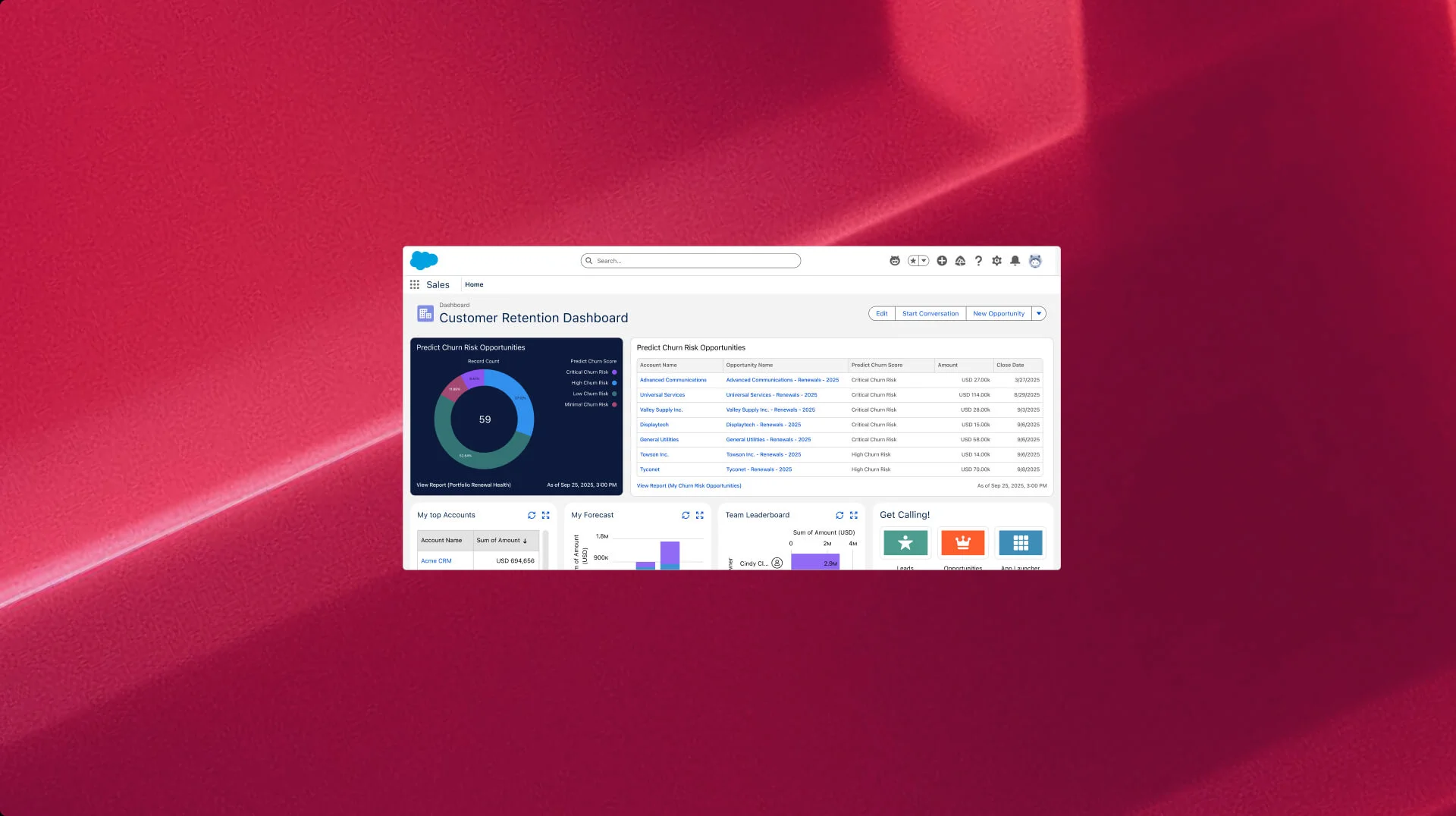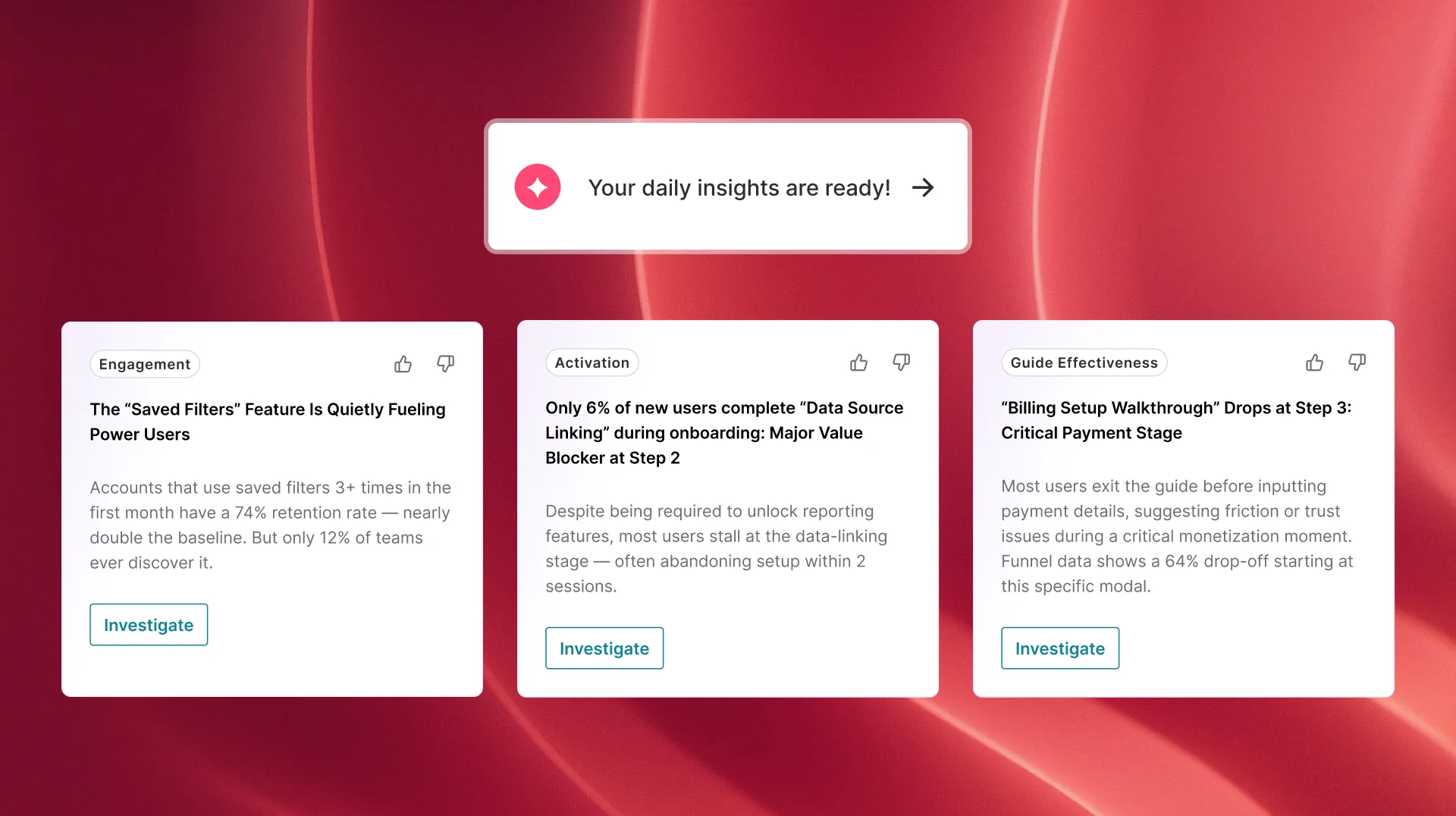
Must read
November 20, 2025
Three things you can start doing today with Pendo Guide experiments
If you've been running in-product guides for a while, you've probably developed some strong opinions about what works.
Read nowLatest
News –– 3m read
Announcing the Pendo MCP Hackathon
Watch now
AI-powered churn prediction at scale
Sneha Raghavan, VP of customer success, talks about the power of Pendo Predict and how it uses product signals to directly impact revenue outcomes.
Read about itGet to know Pendo
See Pendo in action and learn how Pendo teams use our own product to optimize our customers' software experience.












